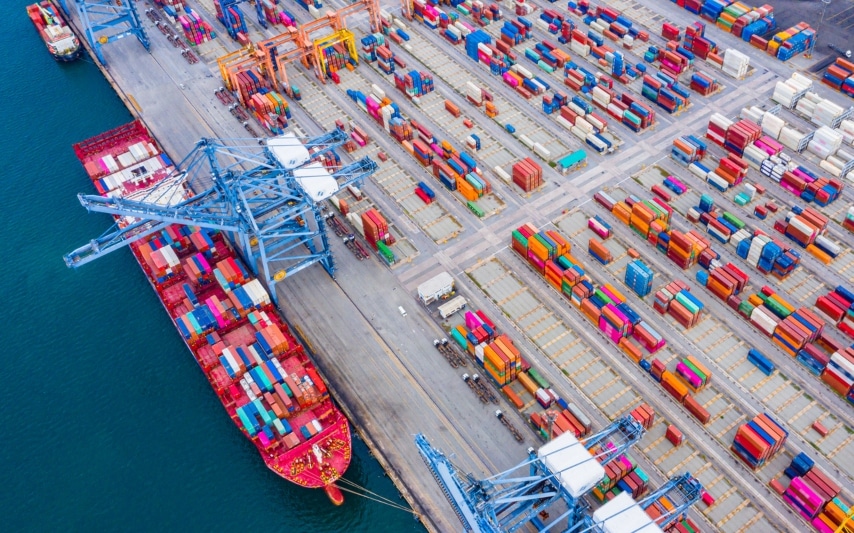In April 2023, a 24,000-TEU cargo ship M/V OOCL from Spain, on its first voyage connecting Asia and Europe, arrived at Gemalink Deepwater Seaport in the southern province of Ba Ria Vung Tau. This is also the first time Vietnam has been able to receive the world’s largest gigantic container ship, signaling that the country now possesses a sophisticated seaport system satisfying surplus demand for imports and exports.
Phase 2 of the superport will enable Germadept to double its cargo handling capacity and contribute to optimizing the port ecosystem and logistics network extending from north to south. Another key project of Gemadept is the second phase of Nam Dinh Vu port in the northern city of Hai Phong, which is currently in the final stage of arranging capital before putting into operation in 2024-2025.
In 2023, mergers and acquisitions will emerge as a bright spot in the port industry, along with a new wave of investment pouring into the country. Vietnam Container Shipping JSC has declared its intention to purchase a port inside the Haiphong port complex as well as 49% of Vinaship JSC’s charter capital. In addition, Gemadept plans to sell its 24% share in Nam Dinh Vu Port to strategic investors.
Despite the economic downturn, the Ministry of Transport (MoT) assesses that the goal of attracting USD 13.3 billion from the private sector for constructing seaports by 2030 is still feasible, citing foreign direct investment and free trade agreements as its primary grounds.
In 2022, the total volume of products passing through Vietnam’s seaports was 733.18 million metric tonnes, 4.28% up from 2021. This number is expected to nearly increase by 1.5-2 times by 2030 and by 4.1-4.8 times by 2050.
(Sources: Vietnamnet)
